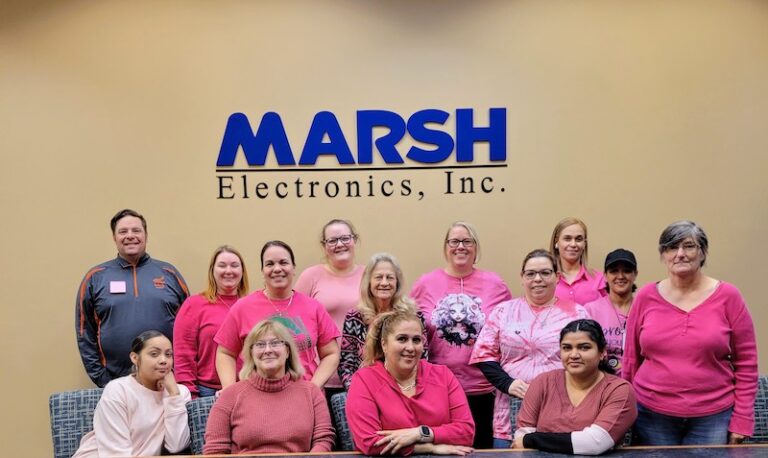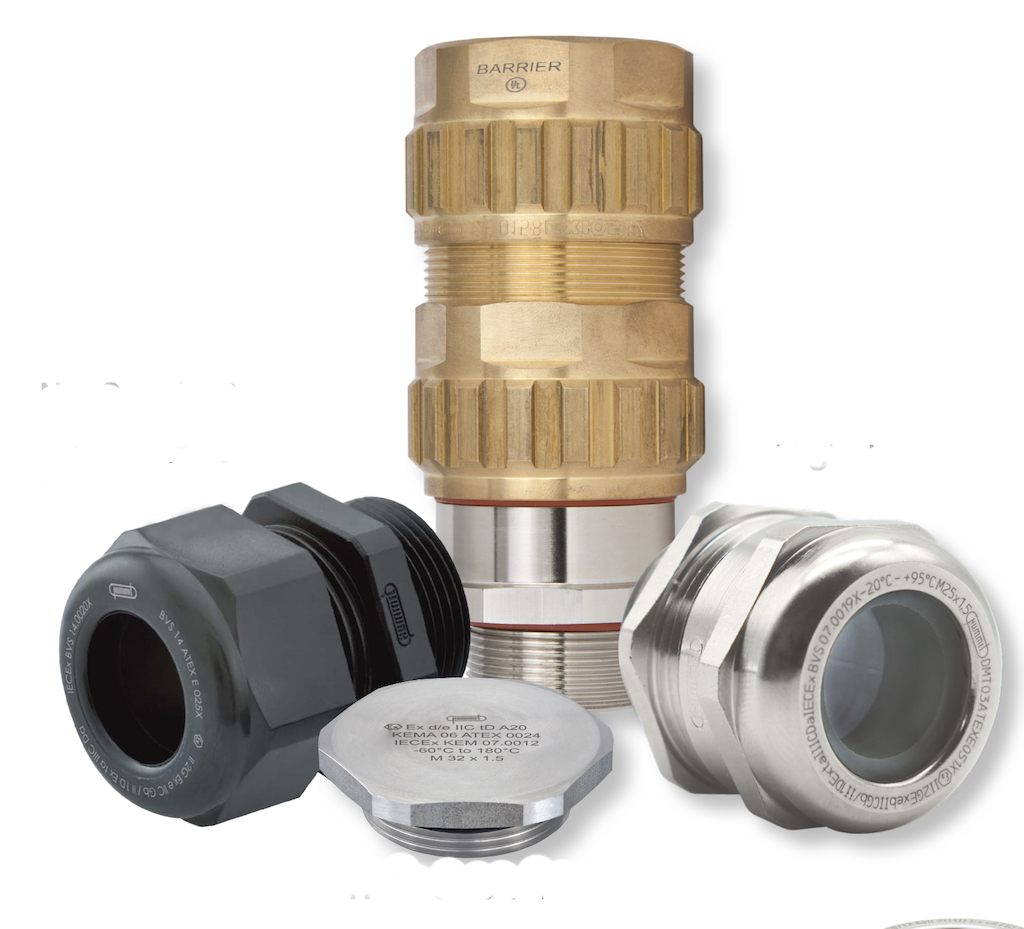Cable glands and molded strain reliefs serve similar purposes by providing an environmental seal along with strain relief for cables, but they differ in design and application. A cable gland (also known as cord grips or cable fittings) is a separate device that attaches to the cable to seal and protect at an entry point of an enclosure, panel or control module. A molded strain relief is typically injection molded onto the cable itself during manufacturing, and also offers strain relief and protection. Both serve essential functions, and each has its advantages based on specific use cases and preferences.
This article deals with cable glands (we will look at molded strain reliefs in a future issue) and WHN was fortunate to speak with Owen Israelsen, Director of Sales at Sealcon USA. Sealcon markets a comprehensive array of cable glands, circular connectors and enclosures. Owen touched on some basics of cable glands and then provided some detailed documentation the company has compiled on the various materials and their intended uses.
Owen began with some of the advantages of cable glands over molded assemblies. “The strain relief on a power cord is often a molded piece so it’s not screwed on in any way.” He added that this is a very economical and is often used on power cords. “The beauty of cable glands, however, is that they are field replaceable. With a molded piece, you’re just going to have to throw it away and buy a new one.”
Owen shifted to the decisions that go into selecting the right cable gland. Paramount is conforming to any industry standards called out in the design. “Typically, you are trying to meet certain standards like IP, UL, NEMA, ATEX, or whatever it might be because they have to maintain that standard against water, dust, etc. So if you have a certain IP rating then that will drive you as to what kind of cable glands you’re going to need.”
He stressed the importance of selecting the right cable gland rating to match the overall system design rating. “Often times people come to us understanding the ratings they need to maintain, but they don’t understand that our products have the same ratings. They look at cable glands as commodity products, and often don’t realize these things have ratings that need to match the enclosure rating.”
Another important aspect is determining whether the cable glands will be used in a static or dynamic environment. “Usually, in a static environment, you will just see a domed cable gland. But if it’s a dynamic application, you’ll usually see some kind of pigtail at the end of the gland. It tightens around the cable itself but protects when there is movement.” Owen used the extreme example of a welder on wheels, where the operator may tend to move the equipment by puling on the cable assembly. A certain amount of misuse of a cable should be taken into consideration in such a case, he indicated.
A big consideration in cable gland selection is the operating environment. “If it’s outside and exposed to a great deal of sunlight, you would likely need a product that has UV protection. If it’s in a food environment, then you would need to specify a stainless steel or PVDF product to meet FDA standards.” He noted the PVDF products also work well in clean room environments as well as high temperature applications. “If it’s in a chemical environment you might need a product with a FKM insert so it’s immune to chemical incursion or degradation.”
The actual cable size being used is another basic consideration when specifying the right product. “You have to make sure the cable gland is compatible with the cable design. Usually it’s just the OD, but you might, for example, have a cable with multiple layers of paper affecting the give of that cable, so that can also be a factor.”
Owen mentioned that the harness manufacturer is not always subject to the strain relief going into an enclosure. It may actually be supplied by the OEM, or the application might not even require them. “Let’s say they have an electrical connection on one end, but the OEM might be using a conduit. They might not even be involved in the decision on the strain relief.”
Looking to the near future, Owen warned that manufacturers of products sold in the EU should be aware of efforts to further regulate the lead content in brass for cable glands as well as other products used in electrical assemblies. “It’s on the horizon and will make a difference as to where people get brass products.” He noted that Sealcon is the US partner of Hummel AG and is well poised to supply EU compliant products in accordance with any changes.
Owen stressed that a lot goes into deciding which cable gland to use and that he and his team at Sealcon are always eager to help. “Again, these may seem like commodity items but they’re really not. Cable and harness people really have to spend time on the design side to fit exactly what they are trying to do.”
Following is detailed information that Sealcon has compiled to help guide you as to exactly which type of cable gland you may need for specific applications:
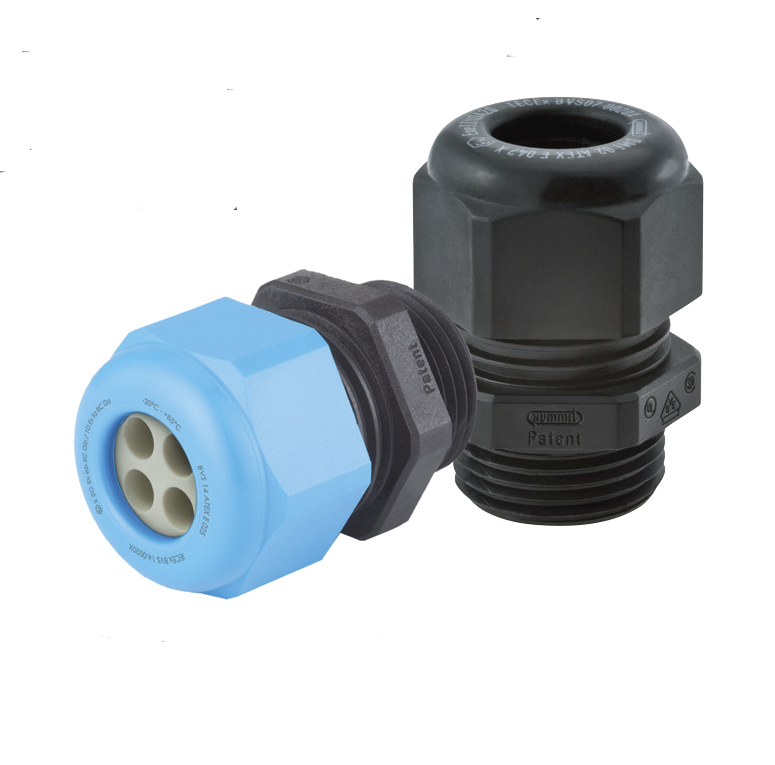
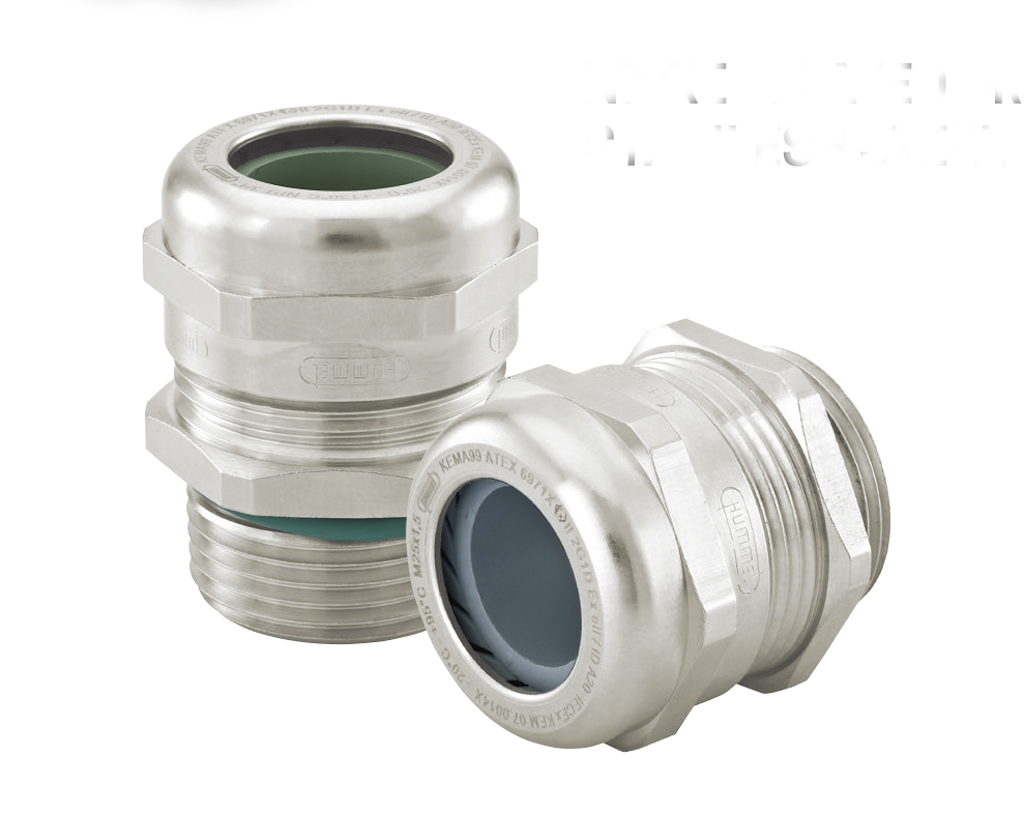
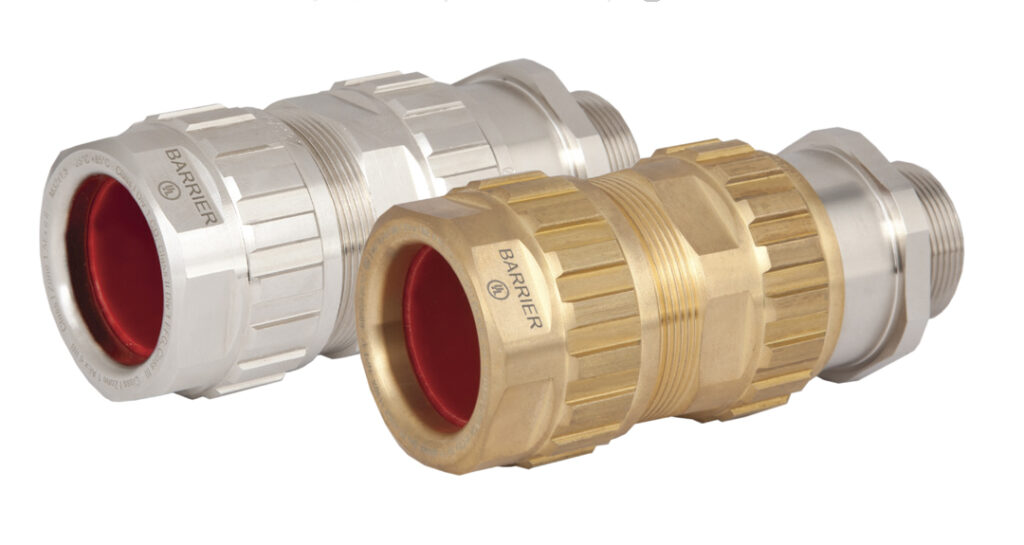
Nylon
Nylon is a great material for when you are looking for a lower cost option as well as a product that is lightweight. Sealcon offers Black and Grey nylon cable glands as well as locking nuts, plugs, adapters, and reducers. All black nylon products have built-in sunscreen to help reduce degradation from harsh sun UV-Rays. This is why Sealcon products are favored by telecom and solar equipment manufacturers since most other manufacturer’s products will fall apart in the harsh elements. In addition, Sealcon Nylon products are very durable and can withstand significant external factors and can still perform at the highest levels including being submersed under water.
Typical industries for Nylon cable glands include: Telecom, panel builders, equipment manufacturers, solar, alternative energy, electric vehicles, sensors, lighting
Nickel Plated Brass
When durability is important, nickel plated brass may be the solution for you. Nickel plating not only gives a pleasing silver finish, but it is a protective layer to protect the much denser and stronger brass which lies underneath in a cable gland structure. Without this protective finish, the cable gland would corrode quicker and turn brown and green; similar to a copper pipe you would see on your sprinkler system. With the extra strength of the cable gland, it is an ideal choice for many applications and popular among equipment builders. In addition, Sealcon offers cable glands that are EMI ready so you can terminate the shielding of your cable to the cable gland shell protecting your application from any signal interference.
Typical industries for Nickel Plated Brass glands include: Infrastructure, transportation, telecom, alternative energy, lighting, infrastructure, motors, sensors, data centers, warehouse equipment, manufacturing equipment, robotics
PVDF
In some applications, you may need durability to protect from gasoline, alcohol, weak acids, and other chemicals. A standard nylon cable gland could be compromised due these products, but Sealcon has a product designed specifically for these applications. PVDF is a plastic compound that has been formulated to resist these chemicals while ensuring that your application is protected. From the outside, the cable gland has a translucent white appearance similar to milk jug material. In addition, the inserts in the cable gland are manufactured with a FKM material to also withstand chemical compounds.
Typical industries for PVDF cable glands include: Beverage packaging, wastewater treatment, pool equipment, laboratory equipment, gas processing, chemical manufacturing, infrastructure
Stainless Steel
When cleanliness and durability are of the highest importance, stainless steel is your best option. Sealcon offers products in 303 and 316L stainless steel options with 316L being the most durable. Stainless steel has always been used by the food and beverage industry due to its cleanliness, but it is also used in areas of high corrosion potential such as marine environments. Many Sealcon products are used in coastal areas where there is a higher level of salinity in the air. In addition, they are also used in marine environments on dock lighting systems, boat cranes, and streetlights.
Typical industries for Stainless Steel cable glands include: Marine, Lighting, food processing, clean rooms, pharmaceuticals, wastewater treatment, chemical processing, beverage manufacturing.
About Sealcon:
Founded in 1989 after receiving exclusive import rights from Hummel, Sealcom markets a wide variety of cable management solutions. Their cable gland inventory boasts over 6000 types, sizes and configurations. They also market circular connectors like M8, M12, Ethernet, data, signal, and power connectors. Sealcon also has a vast array of UL polycarbonate and fiberglass enclosures to meet every environment. Many thanks to Owen for all of his help compiling thus information and the images. Thanks also to Joe Deman of Interconnect Dynamics and John Dew of IEWC for














































